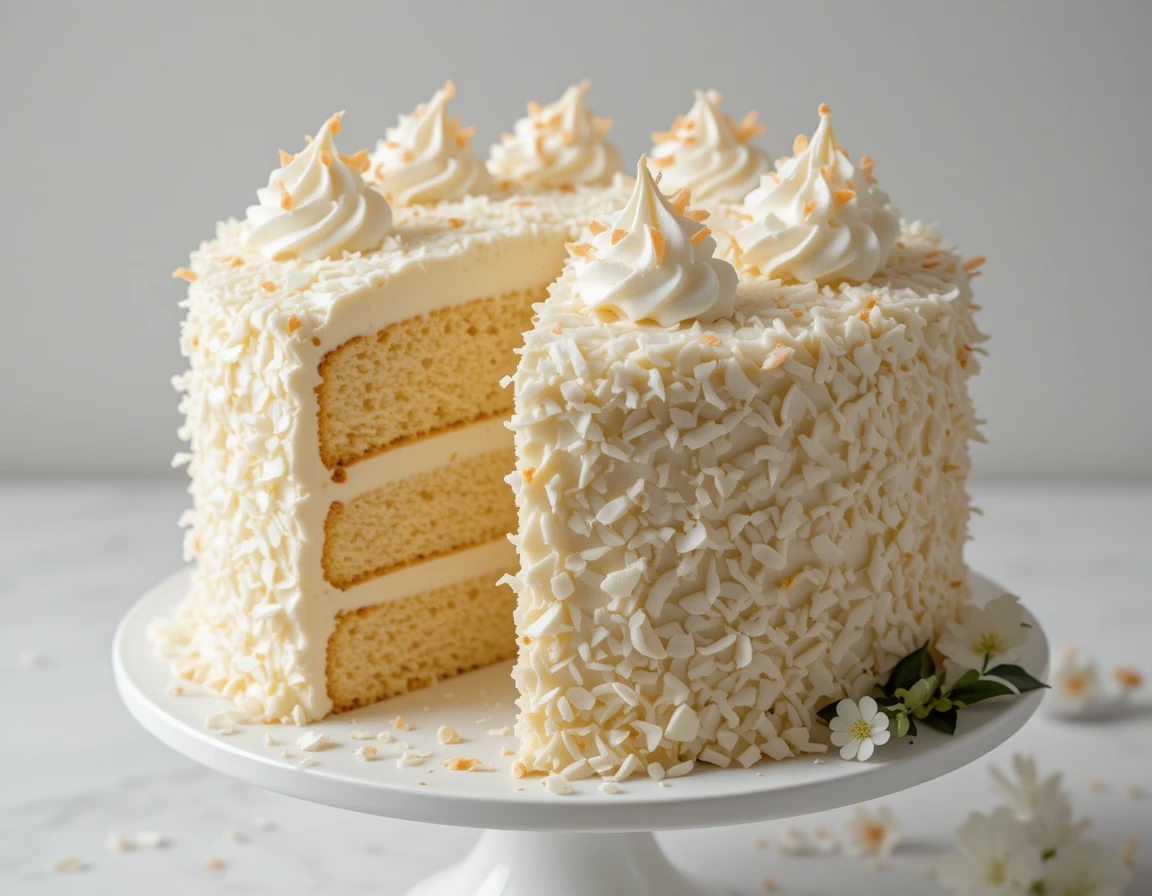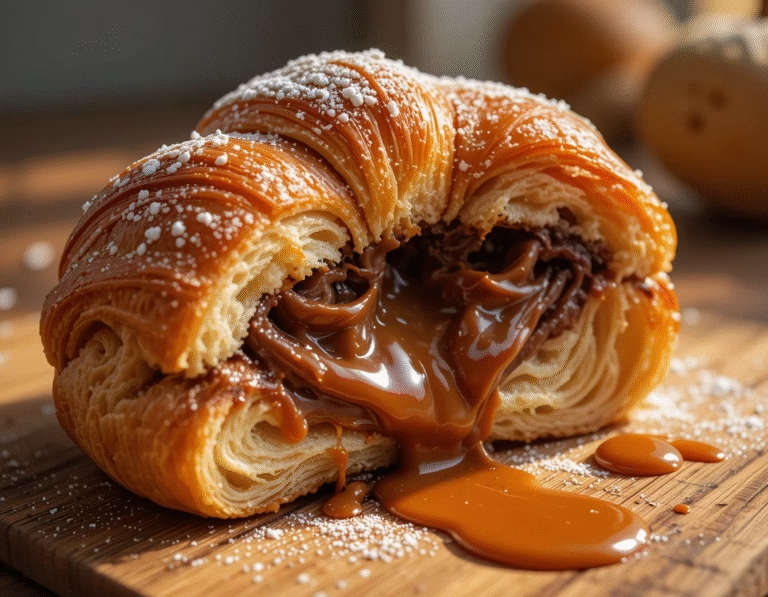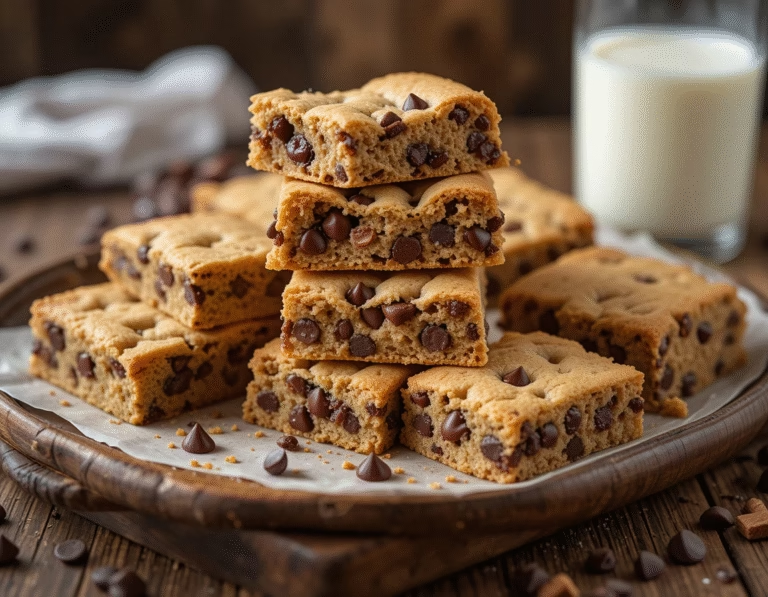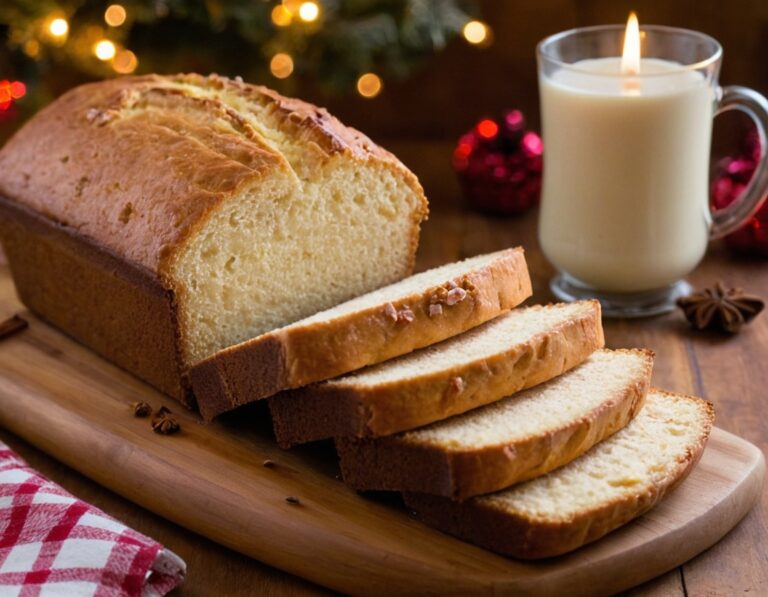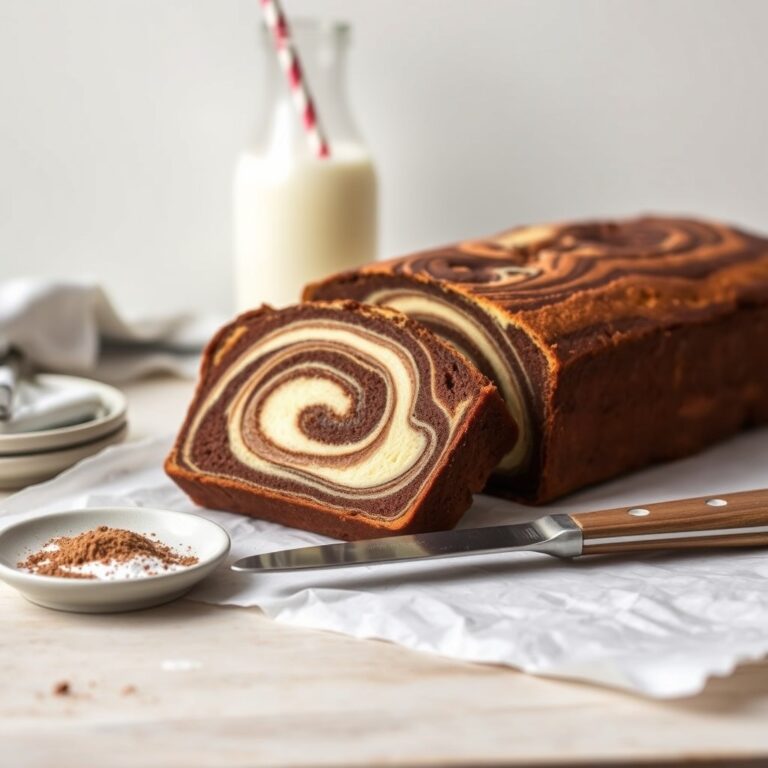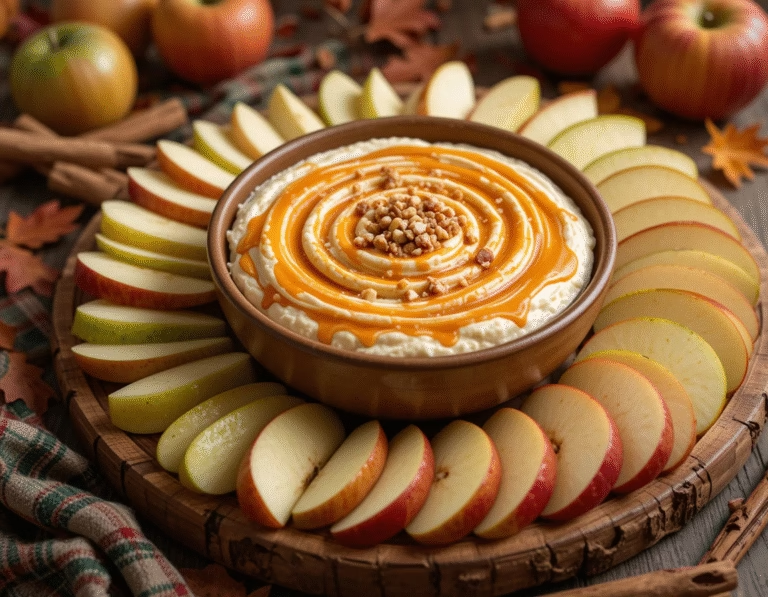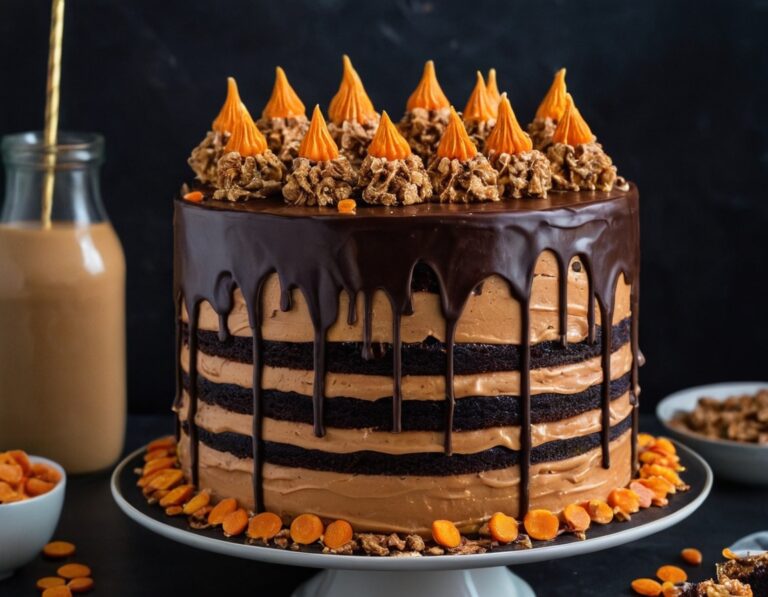Delicious Coconut Cream Cake Recipe
The Coconut Cream Cake is a tropical-inspired dessert that brings the rich, creamy flavors of coconut to the forefront in a delightfully moist and fluffy cake. Perfect for those who love the sweet, nutty taste of coconut, this cake offers a luscious combination of coconut-infused cake layers, creamy coconut frosting, and a touch of toasted coconut for texture and decoration. Whether you’re celebrating a special occasion or simply craving a slice of paradise, the Coconut Cream Cake delivers an unforgettable experience that is both indulgent and refreshing.
What makes the Coconut Cream Cake so special is its balance between the smooth, velvety creaminess of coconut cream and the tender crumb of the cake layers. Each bite captures the essence of coconut, without being overpowering, making it a favorite for a wide range of dessert lovers. This cake also brings a lovely visual appeal with its white and golden hues, often topped with shredded toasted coconut that adds an inviting crunch.
Ideal for summer parties, birthdays, or festive gatherings, the Coconut Cream Cake can transport your taste buds to a tropical getaway. Its flavors pair beautifully with fresh fruits like pineapple or mango, making it versatile enough to serve with various accompaniments. Plus, this recipe is designed with clear, straightforward steps, so whether you’re a novice baker or an expert, you’ll be able to create this exquisite cake with confidence.
In this blog post, we will guide you through every step of preparing the Coconut Cream Cake, from gathering ingredients to baking, assembling, and decorating. You’ll also find helpful tips to ensure your cake turns out moist and flavorful, as well as advice on how to serve and store it for the best enjoyment.
What You’ll Need
To make the perfect Coconut Cream Cake, having all ingredients measured and ready is essential for a smooth baking process. This cake features coconut-infused layers, a creamy coconut frosting, and toasted coconut for garnish. Below is a detailed list of ingredients with precise measurements, suited for a three-layer cake that serves about 12 people.
For the Coconut Cake Layers:
- 2 ½ cups (315 grams) all-purpose flour, sifted
- 2 teaspoons baking powder
- ½ teaspoon baking soda
- ½ teaspoon salt
- 1 cup (226 grams) unsalted butter, softened
- 1 ¾ cups (350 grams) granulated sugar
- 4 large eggs, room temperature
- 1 teaspoon vanilla extract
- 1 teaspoon coconut extract (optional but recommended)
- 1 cup (240 ml) coconut milk (full fat), room temperature
- ½ cup (120 ml) sour cream or plain yogurt, room temperature
For the Coconut Cream Frosting:
- 2 cups (480 ml) heavy whipping cream, chilled
- 8 oz (225 grams) cream cheese, softened
- 1 cup (120 grams) powdered sugar
- 1 teaspoon vanilla extract
- ½ cup (50 grams) sweetened shredded coconut
For Decoration:
- 1 cup (85 grams) shredded sweetened coconut, toasted until golden brown
Using fresh, good-quality coconut milk and, if possible, coconut extract will enhance the coconut flavor of your Coconut Cream Cake. The sour cream or yogurt in the cake layers adds moisture and a subtle tang that balances the sweetness. Make sure all refrigerated ingredients are brought to room temperature before baking for even mixing and the best texture.
Preparing your ingredients ahead of time will help you bake the Coconut Cream Cake smoothly and efficiently, resulting in a beautifully moist cake layered with creamy frosting and topped with crunchy toasted coconut.
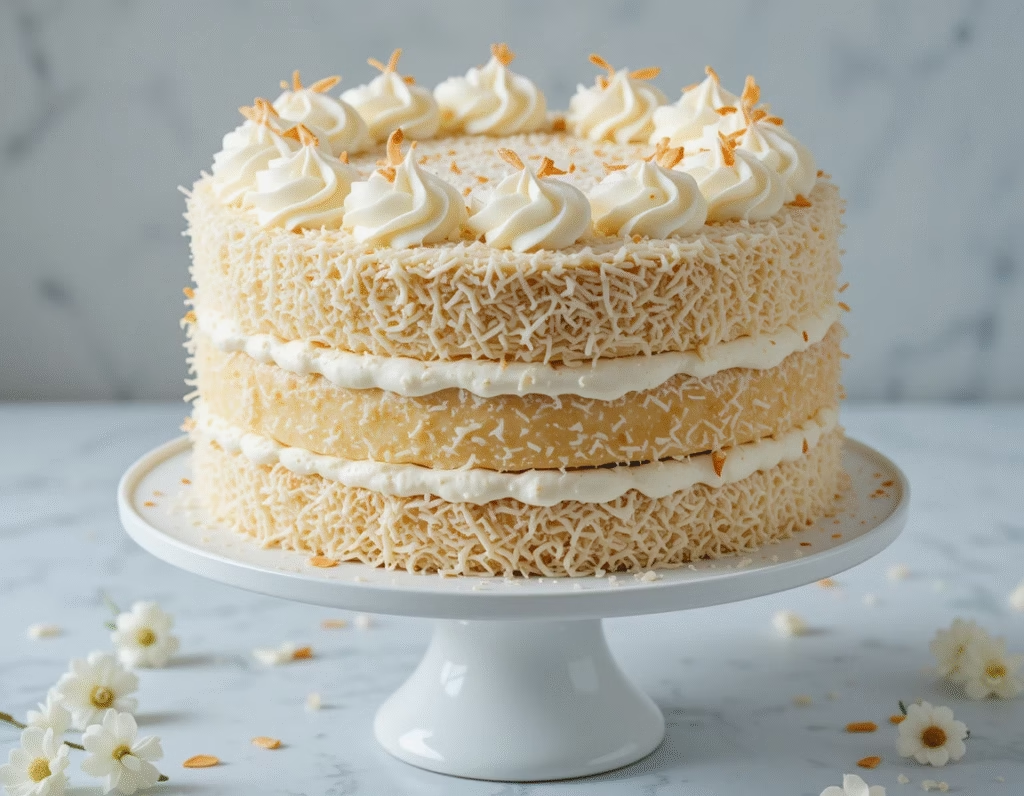
This sponge base is also used in our Buttermilk Pound Cake.
How to Make Coconut Cream Cake (Include Full Measurements)
Creating the perfect Coconut Cream Cake involves a few essential steps that bring together moist coconut-flavored cake layers and a rich, creamy frosting. With patience and attention to detail, you’ll end up with a show-stopping cake that’s both fluffy and full of coconut goodness.
Preparing the Coconut Cake Layers
- Preheat your oven to 350°F (175°C). Grease and flour three 8-inch round cake pans, or line them with parchment paper for easy removal.
- In a medium bowl, whisk together the all-purpose flour, baking powder, baking soda, and salt. This ensures that the dry ingredients are evenly distributed, helping the cake rise uniformly.
- In a large mixing bowl, beat the softened butter and granulated sugar with an electric mixer until light and fluffy, about 3-5 minutes. This step is crucial for a tender crumb in your Coconut Cream Cake.
- Add the eggs one at a time, beating well after each addition. Mix in the vanilla extract and coconut extract, which infuse the cake with a delicate coconut aroma.
- Alternately add the dry flour mixture and coconut milk to the butter mixture in three parts, starting and ending with the dry ingredients. Mix just until combined to avoid overworking the batter.
- Stir in the sour cream or yogurt gently; this adds moisture and a slight tang that balances the cake’s sweetness.
- Divide the batter evenly among the prepared pans and smooth the tops with a spatula.
- Bake for 25 to 30 minutes, or until a toothpick inserted in the center comes out clean.
- Let the cake layers cool in the pans for 10 minutes, then transfer to wire racks to cool completely before assembling.
Making the Coconut Cream Frosting
- In a chilled bowl, beat the heavy whipping cream until it begins to thicken.
- Add the softened cream cheese, powdered sugar, and vanilla extract, then continue to beat until stiff peaks form.
- Gently fold in the shredded coconut to add texture and coconut flavor to the frosting.
Assembling the Coconut Cream Cake
- Place one cake layer on your serving plate.
- Spread a generous layer of coconut cream frosting over the top.
- Repeat with the second layer and frosting.
- Add the third cake layer and cover the entire cake with the remaining frosting.
- Sprinkle the toasted shredded coconut evenly over the top and sides for a beautiful finish.
Serving and Storage Tips for Coconut Cream Cake
Proper serving and storage are key to enjoying your Coconut Cream Cake at its freshest and most delicious.
Serving Tips
- Serve the Coconut Cream Cake chilled or at room temperature. For best flavor and texture, remove it from the refrigerator about 15 minutes before serving.
- Use a sharp serrated knife dipped in warm water and wiped dry to slice clean pieces without disturbing the frosting.
- Garnish individual slices with extra toasted coconut or a small dollop of frosting for an elegant presentation.
- Pair the cake with light beverages such as iced tea, coconut water, or mild coffee to complement the tropical flavors.
Storage Tips
- Because the cake features a cream cheese and whipped cream frosting, store it in the refrigerator to maintain freshness.
- Cover the cake loosely with plastic wrap or store in an airtight container to prevent it from drying out or absorbing odors.
- The Coconut Cream Cake stays fresh for 3 to 4 days when refrigerated.
- To freeze, wrap the cake tightly in plastic wrap and aluminum foil, and freeze for up to 1 month. Thaw overnight in the refrigerator before serving.
- Avoid freezing the fully frosted cake for long periods, as the texture of the whipped cream frosting can change after thawing.
By following these tips, your Coconut Cream Cake will stay moist, flavorful, and visually appealing for every occasion.
Mistakes to Avoid When Making Coconut Cream Cake
Making a perfect Coconut Cream Cake can be an enjoyable experience, but there are some common pitfalls to watch out for to ensure your cake turns out moist, flavorful, and beautifully textured. Avoiding these mistakes will help you create a cake that truly impresses.
Using the Wrong Coconut Ingredients
One of the biggest mistakes when making the Coconut Cream Cake is substituting or skipping key coconut ingredients. Using canned coconut milk instead of fresh or high-quality coconut milk can affect the flavor and richness. Similarly, avoid using unsweetened shredded coconut when the recipe calls for sweetened, as it impacts sweetness and texture.
Overmixing the Batter
Overmixing the cake batter is a common error that can lead to dense and tough cake layers. When preparing the Coconut Cream Cake, mix the batter just until the ingredients are combined. Overworking the batter activates too much gluten in the flour, making the cake heavy rather than light and fluffy.
Baking at Incorrect Temperatures
Oven temperature matters greatly for the success of the Coconut Cream Cake. Baking at too high a temperature can cause the cake to brown too quickly on the outside while remaining undercooked inside. Conversely, baking at too low a temperature can dry out the cake. Use an oven thermometer to ensure your oven is accurately calibrated.
Not Cooling Cake Layers Properly
Removing the cake layers from the pans too soon or frosting while the cake is still warm can cause the frosting to melt and slide off. Always let the Coconut Cream Cake layers cool completely on a wire rack before assembling. Patience at this step guarantees clean, stable layers and a professional finish.
Improper Storage
Because the Coconut Cream Cake contains whipped cream and cream cheese frosting, improper storage can lead to spoilage or drying out. Store the cake in the refrigerator in an airtight container or well-wrapped to preserve moisture and freshness. Avoid leaving it out at room temperature for extended periods.
By steering clear of these mistakes, your Coconut Cream Cake will come out as intended: moist, flavorful, and beautifully presented, ready to impress your guests.
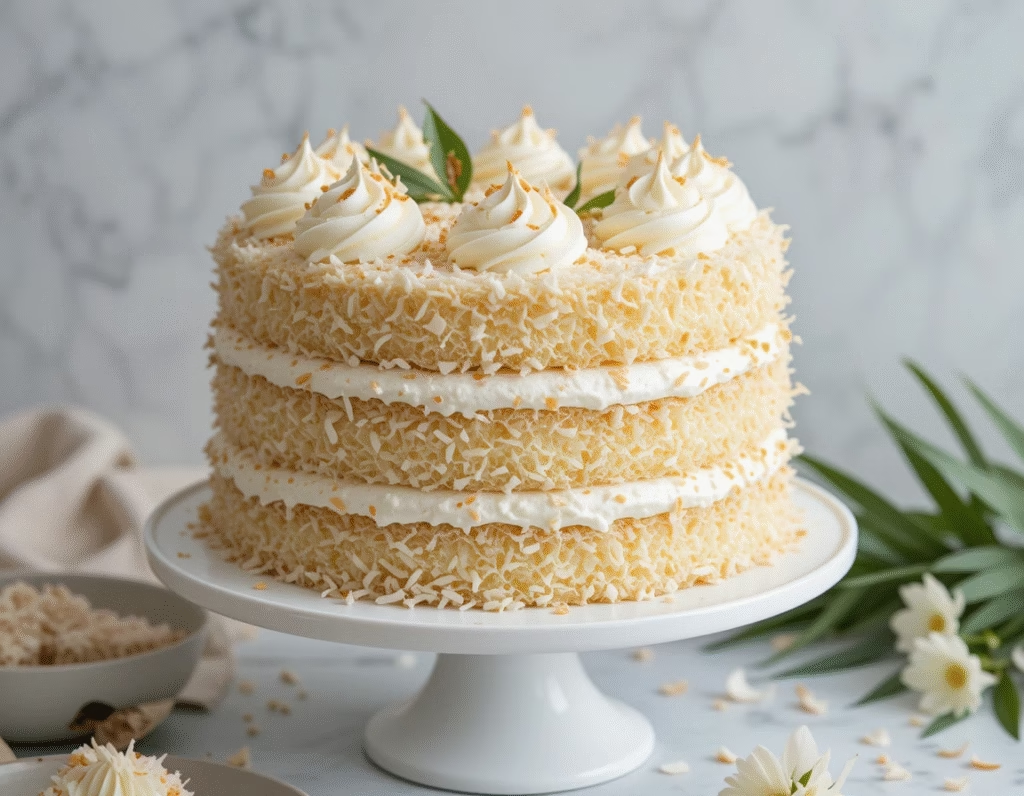
Tips and Tricks for the Best Coconut Cream Cake
Enhance your baking experience and the quality of your Coconut Cream Cake with these practical tips and tricks designed to make the process easier and the results even better.
Use Room Temperature Ingredients
For the best texture in your Coconut Cream Cake, make sure butter, eggs, coconut milk, and sour cream are all at room temperature. This helps the ingredients combine smoothly and ensures even baking.
Toast Your Coconut
Toasting the shredded coconut adds a wonderful nutty flavor and crunch to your Coconut Cream Cake. Toast it gently in a dry skillet over medium heat or in the oven until golden brown, stirring often to avoid burning.
Don’t Skip the Coconut Extract
While vanilla extract adds aroma, coconut extract really intensifies the coconut flavor in the cake. Adding a teaspoon or so ensures your Coconut Cream Cake has that unmistakable tropical taste.
Chill Your Mixing Bowls and Tools
When whipping cream for the frosting, chill your mixing bowl and beaters in the freezer for 15-20 minutes before starting. Cold equipment helps achieve stiff peaks faster and keeps the cream stable.
Layer Evenly and Chill Between Steps
Spread the frosting evenly between each cake layer to avoid sliding. Chilling the cake between frosting layers helps set the frosting, making the final decoration smoother and easier.
Use a Serrated Knife for Clean Slices
Cut the Coconut Cream Cake with a sharp serrated knife, wiping the blade clean between cuts. This prevents smudging the frosting and keeps slices neat.
Experiment with Fruit Additions
For an extra tropical twist, try adding fresh pineapple slices or mango chunks between the layers of the Coconut Cream Cake. This adds freshness and a burst of flavor that complements the coconut perfectly.
Suggestions for Serving and Variations of Coconut Cream Cake
The Coconut Cream Cake is a versatile dessert that lends itself to many serving styles and creative variations. Whether you want to keep it classic or experiment with new flavors, here are some suggestions to elevate your cake experience.
Serving Suggestions
The Coconut Cream Cake is delightful on its own, but pairing it with complementary flavors can take your dessert to the next level. Serve slices alongside tropical fruits such as fresh pineapple, mango, or passion fruit to enhance the cake’s coconut profile with bright, juicy accents. A drizzle of passion fruit coulis or a scoop of coconut ice cream also pairs beautifully for an indulgent treat.
For a special occasion, present the Coconut Cream Cake with a garnish of toasted coconut flakes, edible flowers, or even a sprinkle of finely chopped pistachios for a colorful contrast. Adding a few fresh mint leaves can also add a refreshing aroma and a pop of green that makes the cake visually stunning.
Creative Variations
- Chocolate Coconut Cream Cake: Incorporate cocoa powder into the cake batter to create a rich chocolate-coconut fusion. Frost with the classic coconut cream frosting and add toasted coconut on top for texture.
- Pineapple Coconut Cake: Add crushed pineapple to the cake batter or between layers with the frosting for a more tropical flavor profile reminiscent of classic pina colada.
- Vegan Coconut Cream Cake: Substitute the butter with coconut oil, eggs with flax eggs, and use coconut cream instead of dairy cream for frosting. This makes a delicious vegan-friendly alternative that doesn’t sacrifice flavor.
- Coconut Lime Cake: Add lime zest and a bit of juice to the cake batter and frosting for a zesty twist that brightens the sweet coconut flavors.
Experimenting with these ideas allows you to customize your Coconut Cream Cake to suit different tastes and occasions while keeping the signature coconut essence intact.
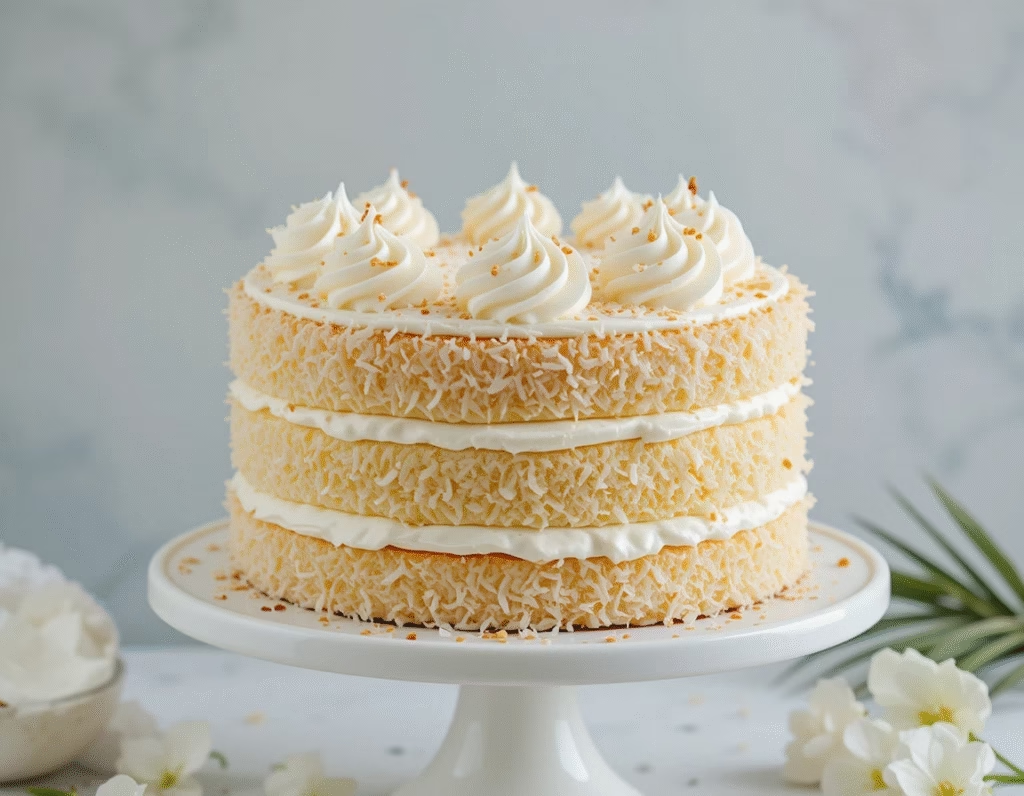
FAQ About Coconut Cream Cake
What makes the Coconut Cream Cake moist and fluffy?
The combination of coconut milk and sour cream in the Coconut Cream Cake batter adds moisture and richness, ensuring a tender crumb. Proper mixing and avoiding overbaking also play a critical role in achieving a fluffy texture.
Can I make the Coconut Cream Cake ahead of time?
Yes, you can bake the cake layers up to two days in advance. Store them tightly wrapped in plastic wrap at room temperature or in the refrigerator. Assemble and frost the cake on the day of serving for the freshest taste and texture.
How do I store leftover Coconut Cream Cake?
Because of the cream cheese and whipped cream frosting, it’s best to store the Coconut Cream Cake in the refrigerator. Cover it with plastic wrap or place it in an airtight container to keep it moist. Consume within 3 to 4 days.
Can I freeze the Coconut Cream Cake?
You can freeze the unfrosted cake layers wrapped tightly in plastic wrap and foil for up to one month. Thaw overnight in the refrigerator before frosting and serving. Freezing the fully assembled cake is not recommended as the frosting may lose its texture.
What can I use if I don’t have coconut extract?
If coconut extract is unavailable, you can increase the vanilla extract slightly and add a bit of finely shredded fresh coconut or coconut flakes to enhance the flavor, but the distinct coconut aroma will be milder.
Is this cake gluten-free?
The traditional Coconut Cream Cake recipe calls for all-purpose flour, which contains gluten. To make it gluten-free, substitute with a gluten-free flour blend designed for baking.
Conclusion
The Coconut Cream Cake is a truly special dessert that brings the tropical richness of coconut into a moist, fluffy cake layered with luscious coconut cream frosting. This cake is perfect for those who love the sweet, nutty flavor of coconut and want to enjoy a dessert that is both elegant and comforting. Whether you are baking it for a festive occasion, a summer gathering, or simply a weekend treat, the Coconut Cream Cake promises to delight your taste buds and impress your guests.
From the carefully selected ingredients to the precise baking and frosting steps, every detail matters in creating this exquisite cake. Using high-quality coconut milk, fresh eggs, and real coconut extract ensures that the signature flavor shines through every bite. Following the instructions carefully, from mixing the batter just right to toasting the coconut for the perfect crunch, will reward you with a cake that is moist, flavorful, and beautifully textured.
The Coconut Cream Cake is also wonderfully versatile. You can keep it classic with the rich coconut cream frosting or add your own twist with fresh fruit, chocolate, or citrus accents. Plus, the tips on serving and storage help maintain the cake’s freshness and texture, so every slice tastes as delicious as the first.
By avoiding common mistakes such as overmixing, incorrect oven temperatures, or improper storage, you can bake with confidence and enjoy a cake that looks and tastes professionally made. The Coconut Cream Cake also offers a great opportunity to experiment with different flavor combinations and decorations, making it a fun and rewarding baking project.
In summary, the Coconut Cream Cake is more than just a dessert — it’s a celebration of coconut’s tropical charm, brought to life in a moist and creamy cake that everyone will love. Whether you’re an experienced baker or trying your hand at baking for the first time, this recipe provides all the guidance you need to succeed. So gather your ingredients, preheat your oven, and get ready to create a delicious, show-stopping Coconut Cream Cake that will be the highlight of any dessert table.

